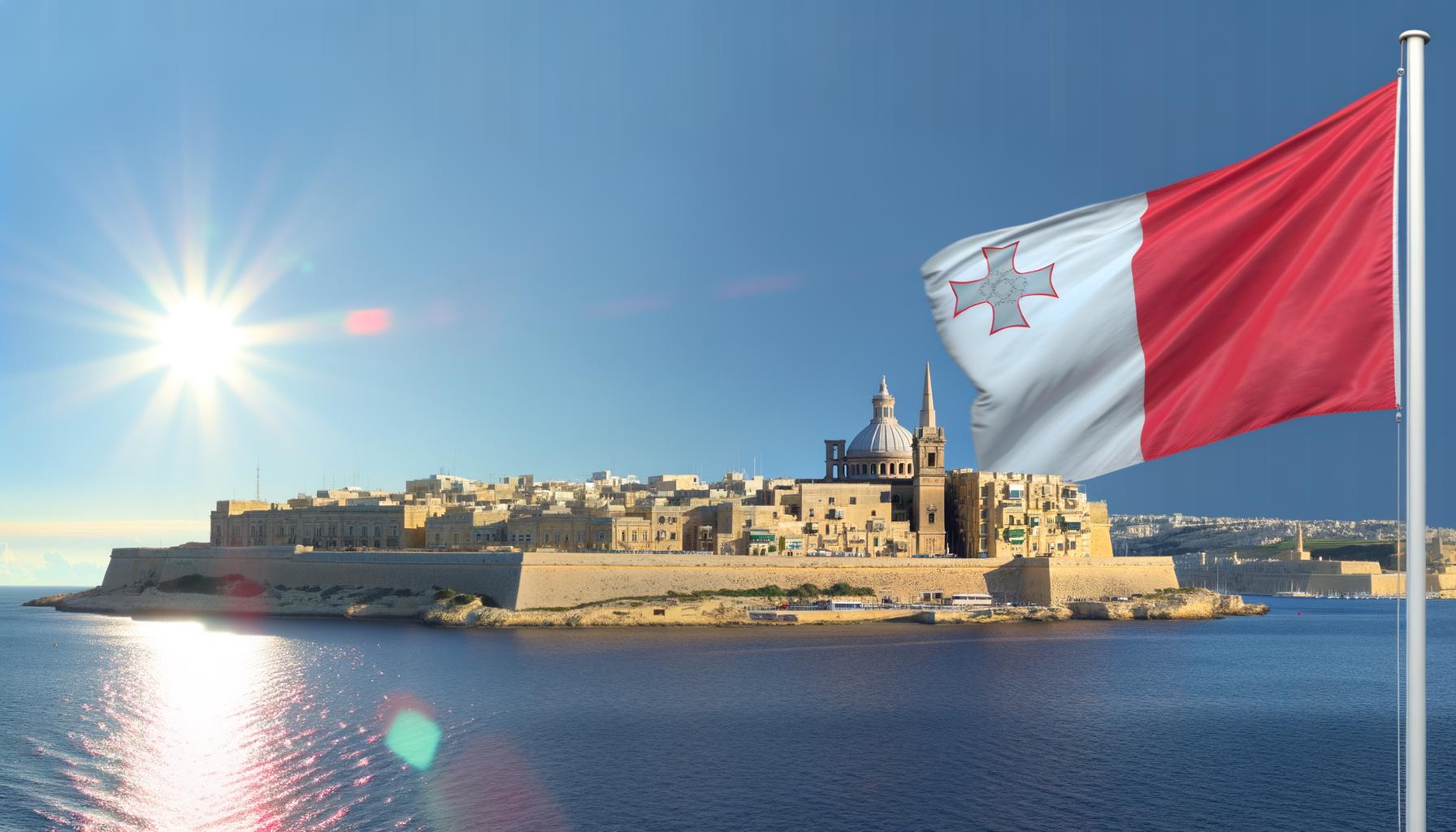Cayman Flag Registering a Superyacht
Registering your yacht with the Cayman Islands Shipping Registry (CISR) is a prestigious choice due to its reputation and tax benefits. This guide provides a detailed breakdown of the steps, required documents, and links to ensure a smooth registration process.
1. Check if You Qualify
Before starting the registration, ensure that:
-
Yacht Type: The CISR accepts private yachts, commercial yachts, and cargo vessels.
-
Ownership Requirements: Owners must be individuals or companies from countries approved by the Cayman Islands. Approved countries include the UK, all EU countries, USA, Canada, Australia, and others. The full list can be found on the CISR website.
-
Size Requirements: Yachts of all sizes are eligible, but yachts over 24 meters in length must comply with specific tonnage and safety rules.
-
Other Considerations: For commercial yachts, there are additional regulations related to safety, manning, and inspections.
2. Choose the Type of Registration
There are several types of registration available. Choosing the right one depends on how you intend to use your yacht:
- Full Registration: Ideal for long-term ownership and full use, whether private or commercial.
- Provisional Registration: This is a temporary option (valid for 3 months) while the final documents are being prepared. It allows the yacht to operate immediately after provisional registration.
- Bareboat Charter Registration: Allows the yacht to be used for chartering without crew.
- Dual (Demise) Registration: This allows the yacht to be registered in the Cayman Islands and another country at the same time.
3. Gather Required Documents
Before applying, you need to gather the following documents:
- Proof of Ownership: You will need either a Bill of Sale for second-hand yachts or a Builder’s Certificate for new yachts.
- Declaration of Ownership: A formal declaration about who owns the yacht. This can be done using CISR Form CISR 857.
- Tonnage Certificate: Yachts over 24 meters must submit a Tonnage Certificate from an approved surveyor. If your yacht is under 24 meters, you still need a tonnage measurement, but the process is simpler.
- Company Documentation (if applicable): If the owner is a company, you need to provide a Certificate of Good Standing to prove that the company is legally active.
- Crew Certification (for commercial yachts): You need to submit proof that your crew members are certified under the STCW Convention (Standards of Training, Certification, and Watchkeeping).
- Insurance Documents: Proof that the yacht is covered by appropriate marine insurance.
4. Qualification of Yacht and Name Availability
To register a yacht in the Cayman Islands, the vessel must meet safety standards. You also need to check if the name you want for the yacht is available and qualifies for registration.
You can check if your desired yacht name is available or contact the Registration Section for assistance.
There are three ports where you can register a yacht’s name: George Town, The Creek, and Bloody Bay. If the name is taken at one port, it might still be available at another. You can also reserve a name across all three ports if it's available. Once reserved, the name is held for 12 months and can be renewed.
A name can be reserved by the owner, an authorized representative, a shipyard (for new yachts), or someone approved by the Registrar.
5. Survey and Inspection Requirements
Yachts over 24 meters, or those being used commercially, must pass certain inspections and surveys to ensure compliance with safety and environmental standards.
- Survey: This is mandatory for yachts over 24 meters. The survey assesses whether the yacht complies with construction, safety, and operational standards.
- Approved Surveyors: You must use an approved classification society or surveyor. The CISR works with international bodies such as:
- Lloyd’s Register (LR)
- American Bureau of Shipping (ABS)
- Bureau Veritas (BV)
- RINA
- DNV GL
- Commercial Yachts: Must meet the requirements of the Cayman Islands Large Yacht Code (LYC). The full text of the code is available here.
6. Submit Your Application
Once the yacht has passed the survey, and all documents are in order, you can submit the application.
- Application Form: Complete and submit Form CISR 854 for full registration or Form CISR 856 for provisional registration.
- Document Submission: Upload all required documents through the CISR's online platform or mail hard copies to their office in George Town, Grand Cayman:
- Fees: Pay the applicable registration fees, which vary based on the type of yacht and its gross tonnage. The full fee schedule can be viewed here.
7. Carving and Marking Note
Once your application is submitted, the CISR will issue a Carving and Marking Note. This document instructs how to properly engrave or mark your yacht’s name, official number, and port of registry on the hull.
- Name and Official Number: The yacht’s name and official number must be engraved on a visible part of the hull.
- Port of Registry: The name of the port of registry (usually George Town) must be marked on the stern.
- Inspection: After engraving, an inspector must verify the marking before final registration can proceed.
8. Issue of the Certificate of British Registry (CBR)
After your yacht is marked and the documents have been approved, CISR will issue a Certificate of British Registry (CBR).
- Validity: The CBR is valid for one year. Renewal is required annually, and you’ll need to provide updated documents and pay renewal fees.
- Registration Number: The certificate will include a unique official registration number for your yacht.
9. Flying the Cayman Islands Flag
After registration, you must:
- Display the Cayman Islands Red Ensign: This must be flown from the stern of the yacht.
- Marking the Port of Registry: The yacht’s home port (usually George Town, Cayman Islands) must be marked on the stern.
10. Compliance with International Regulations
If you are operating a commercial yacht, or if you plan to sail internationally, you must comply with international maritime regulations such as:
- SOLAS (Safety of Life at Sea): Ensures vessels meet safety standards.
- STCW (Standards of Training, Certification, and Watchkeeping): Ensures the crew is properly trained and certified.
- MARPOL: Environmental regulations for the prevention of pollution from ships.
To complete your yacht registration, get started now by visiting our website and booking a call with our team. We’ll handle the entire registration process for you, offering competitive pricing and ensuring a smooth, hassle-free experience. Let us take care of the details so you can enjoy your yacht. Book your call today!



.png)

%20(45).jpg)